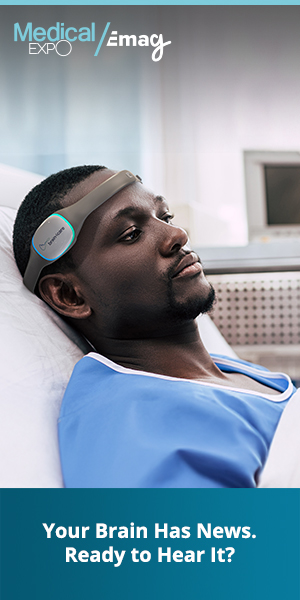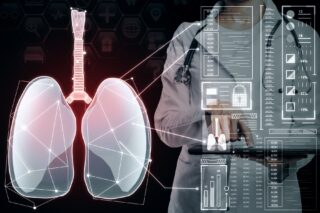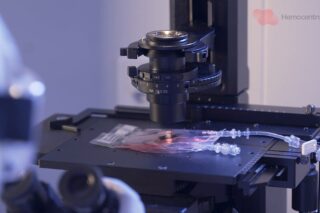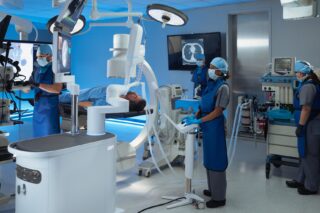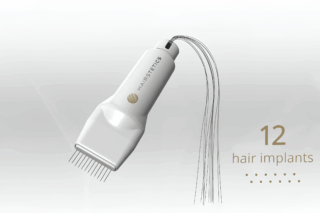Smartphone addiction creates an imbalance in the brain that can result in a number of side effects, including drowsiness and anxiety, according to a study presented at the annual RSNA meeting.
Researchers used standardized tests to measure addiction severity, with questions focusing on the extent to which internet and smartphone use affected daily routines, social life, productivity, sleep, and feelings. Hyung Suk Seo, M.D. and professor of neuroradiology at Korea University in Seoul used magnetic resonance spectroscopy (MRS) to examine the brains of smartphone- and internet-addicted teenagers. MRS measures the brain’s chemical composition. The study involved 19 young people diagnosed with internet or smartphone addiction and a control group of 19. Twelve of the addicted youth also received nine weeks of cognitive behavioral therapy.
The researchers performed MRS exams on the addicted youth prior to and following the therapy, and a single MRS session with the control patients. They measured levels of two neurotransmitters—gamma aminobutyric acid (GABA), which inhibits or slows down brain signals, and glutamate-glutamine (Glx), which causes neurons to become more electrically excited. The results revealed that, compared to the healthy controls, the ratio of GABA to Glx was significantly increased in the anterior cingulate cortex of addicted youth prior to therapy.
Dr. Seo said the ratios of GABA to creatine and GABA to glutamate were significantly correlated to clinical scales of internet and smartphone addiction, depression, and anxiety. Having too much GABA can result in a number of side effects, including drowsiness and anxiety. The good news is that GABA-to-Glx ratios in the addicted youth significantly decreased after the therapy.
According to a recent Pew Research Center study, 46% of Americans say they could not live without their smartphones.





